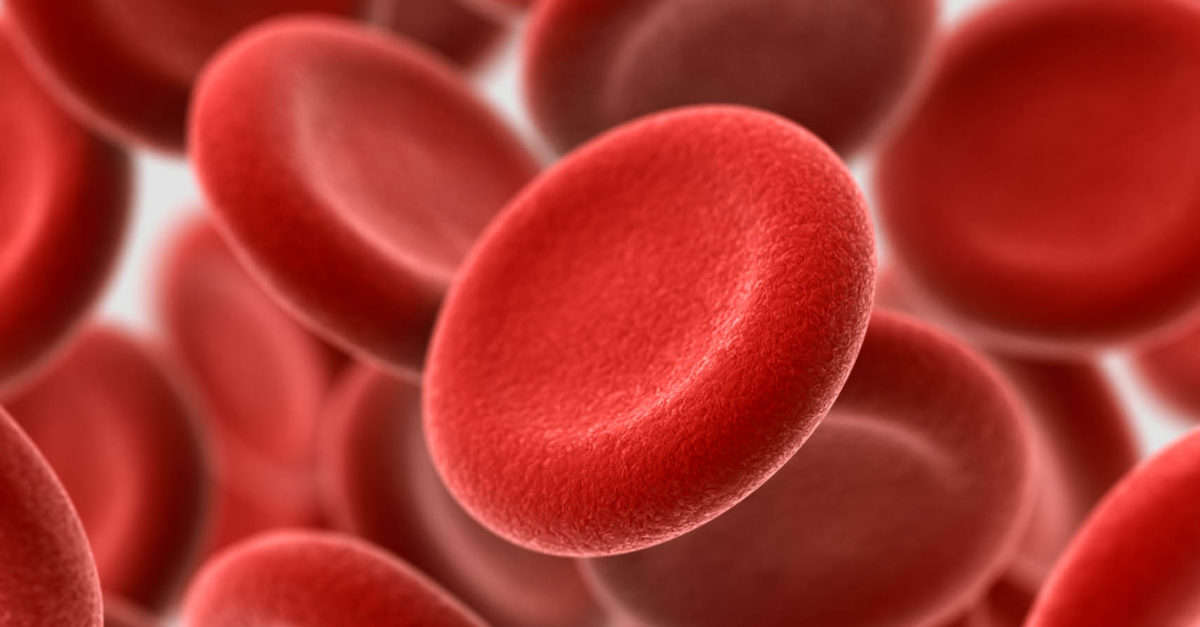Well Red
Imagine that your son or daughter is in a serious car accident. Or that a good friend is getting chemo treatment for cancer. A common denominator? Each may desperately need blood.
In fact, every two seconds, someone in the United States requires blood. Transfusions are frequently needed for people who have conditions such as sickle cell anemia and who go through treatments like chemotherapy. Surgeries can require several units of blood. A burn victim can require over fifty units of blood, and a car accident victim can need up to one hundred pints of blood—that’s ten times the normal amount of blood in an average adult body.
Blood is one of the few things that science can’t replicate in a lab, so donations are a must. The problem is only 62 percent of American adults are eligible to give blood and only 3 percent do so each year. However, when you learn more about the basics of blood and the donation process, you might just find that helping save the lives of others is easier than you think.
A Blood Breakdown
Today, science has advanced to the point that we know a great deal about this liquid coursing through our veins—including its essential functions, what it’s composed of, and what types of blood exist. Blood, in short, circulates what your body needs, like oxygen, and sends things it doesn’t to organs for removal. It is comprised of plasma, red blood cells, white blood cells, and platelets.
Plasma, which makes up over half your blood, is the liquid part that keeps things moving. Red blood cells (four to six million of which are in each cubic millimeter of blood) carry oxygen, and the white blood cells are your body’s internal defense mechanism. Platelets cause clotting in your body, and an insufficient amount of them is why transfusions are often crucial for people with illnesses like leukemia.
As it turns out, though, transfusions were mysteriously deadly prior to the twentieth century. In 1900, however, an Austrian immunologist named Karl Landsteiner discovered different human blood types, which became the universal standard: O, A, B, and AB (with positive and negative designations to each). This discovery helped to explain fatal reactions to transfusions: if blood types are mixed, the immune system attacks and breaks down the new, “foreign” blood cells.
Thanks to this Nobel Prize-winning breakthrough, blood can now safely be used to save lives. If you have type O negative blood, congratulations—you’re considered a universal donor, which means that your blood can be given to anybody. For safety, donations of the other blood types must match their own: type A can only be given to someone with A or AB blood, B to B or AB, and AB to AB.
Type O is most prevalent: approximately 45 percent of Caucasians are type O (positive or negative), as are 51 percent of African Americans and 57 percent of Hispanics. O negative comprises approximately 7 percent of the population, but it’s utilized much more in hospitals because it’s the blood used for trauma and all urgent transfusions for women of childbearing age.
Among the other blood types, about 40 percent of Americans have type A, while approximately 13 percent have type B. Only about 5 percent of Americans have AB blood, with AB negative being the rarest of all, representing 1 percent of the population.

(Don’t Fear) the Needle
For many, giving blood is a scary proposition, leading to questions like “What if it hurts?” and “What if I faint?” and even questions about contamination. Understanding the Red Cross’s blood donation process itself can go a long way to eliminating such fears.
At the minimum, you must be sixteen in most states, weigh 110 pounds, and be in good health. You can schedule an appointment by calling the Red Cross, going to its website, or even asking Amazon Alexa. Before giving, you need to register and answer a thorough series of health-related questions about things like illness, medications, and travel history; doing so protects those who receive your blood. Your temperature is taken, your hemoglobin is tested for its iron content (if it’s too low, it would slow your body’s blood-making process, which can take up to six weeks), and your blood pressure and pulse are checked—all to make sure you’re healthy enough to give blood.
After you lay down on a padded table, your arm is sterilized and a brand-new needle is placed in a vein. Just like at a doctor’s visit, you only feel an initial pinch—when the blood is taken and the needle is removed, there is no pain. Overall, it takes about ten minutes to donate a pint of blood.
To ensure that you won’t faint as you leave, the Red Cross requires that you sit for about ten minutes after you donate blood, and volunteers provide drinks and snacks as you’re waiting. It’s also recommended that you don’t do heavy lifting for several hours after you leave.
The procedure is different if you donate platelets. During this process, called apheresis, your blood is drawn, the platelets are removed by a cell-separating machine, and then your blood is put back into your body. This takes up to two hours, so you recline comfortably during that time and listen to music or watch a movie.
In all, over 29,000 units of red blood cells and 5,000 units of platelets are needed every single day in this country. Donations can’t be kept forever, though. Red blood cells must be used within six weeks and platelets within a mere five days—hence the continual need for donations.
Change a Life
Blood has been and always will be vital for good health and life itself, and that’s true more than ever in the twenty-first century, when it’s now used to help determine how well organs are functioning, detect diseases, test DNA, and extend lives.
It still may be an afterthought for many, but for millions of others, blood is an urgent need. Every blood donation has the potential to save up to three lives— so consider scheduling an appointment today to make a difference to those who need it most.

MIND-BLOWING BLOOD FACTS
- On average, around 7–8 percent of an adult’s body weight comes from blood.
- AROUND ONE MILLION BARRELS of blood will be circulated around your body in your lifetime.
- Your heart circulates blood through your body about three times every minute—that’s around 2,000 gallons of blood traveling 12,000 miles every day.
- ANCIENT EGYPTIANS are thought to have done bloodletting, a practice that involved the removal of a person’s blood for therapeutic purposes, which continued into the twentieth century. (Evidence suggests that bloodletting may have contributed to George Washington’s death.)
- Blood transfusions have been attempted since the fifteenth century, with the first known successful one occurring in 1667.
For more info, visit redcrossblood.org









